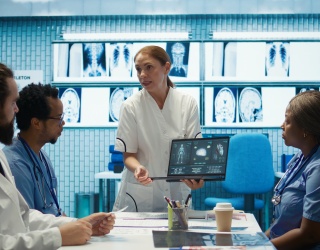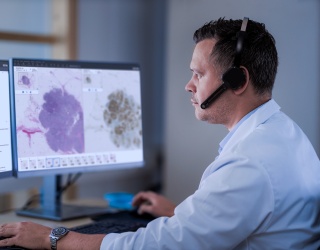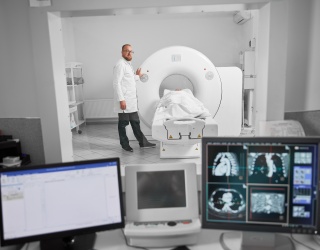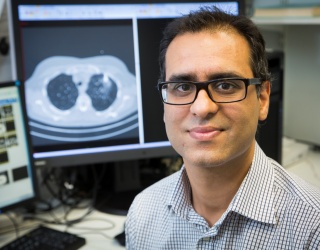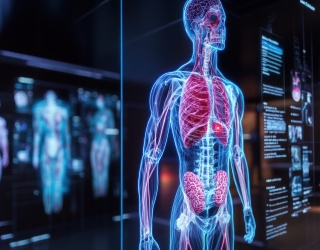AI has become increasingly integrated into medical imaging, complementing traditional methods such as X-rays, CT, and MRI. By detecting important details in images, predicting disease progression, and supporting personalized treatment planning, AI assists radiologists in the analysis of medical scans and contributes to improved accuracy, efficiency, and patient outcomes.
Key applications of AI in medical imaging include image interpretation, computer-aided detection (CAD), tumor segmentation, image reconstruction, workflow optimization, prognostic modeling, and data mining for research. Below are three AI tools currently making a difference in hospitals and research institutions.
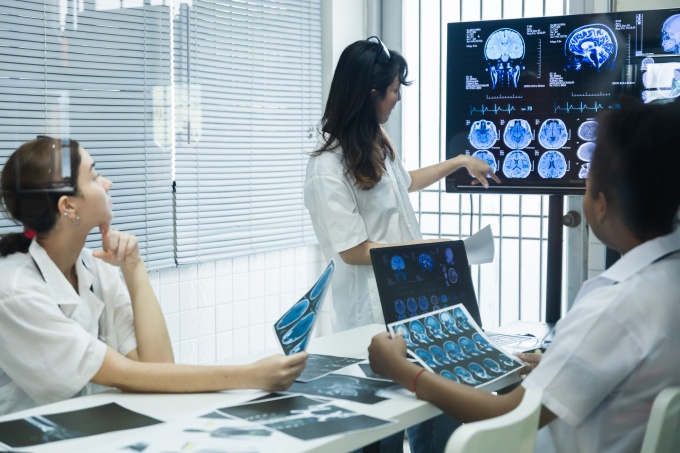
1. Aidoc: AI Triage for Faster, More Accurate Diagnoses
Aidoc provides AI-based decision support software that alerts specialists to urgent cases while enabling image review, access to patient clinical information, and cross-department communication. Its algorithms analyze images across multiple modalities to detect abnormalities, including cancer, supporting early diagnosis, treatment planning, and the prioritization of life-threatening cases.
2. Blackford: One Platform for Imaging Quality and Workflow Efficiency
Blackford’s AI platform improves image detail and reduces noise in CT scans through advanced reconstruction algorithms. It also integrates a marketplace of imaging analysis applications, providing actionable information to radiologists. By streamlining access to specialized tools and enhancing image quality, Blackford helps reduce costs, improve diagnostic confidence, and optimize imaging workflows.

3. Breast MRI Anomaly Detection Model: AI for Enhanced Tumor Localization
Developed by Microsoft’s AI for Good Lab and the University of Washington, this explainable AI anomaly detection model analyzes contrast-enhanced breast MRI scans to detect abnormalities and localize tumors. Trained to recognize benign cases, it enhances detection of less common malignancies and generates heatmaps highlighting suspicious regions. The tool could help triage normal scans, improve reading efficiency, and focus radiologists’ attention on cases most likely to require intervention. Although still in the research phase, the model highlights AI’s growing role in imaging and its potential to detect abnormalities that might otherwise be overlooked by human readers.
Responsible Implementation Is Key
AI is already a crucial part of diagnostic imaging, supporting faster detection, consistent interpretation, and improved image quality. However, its use also raises concerns about data quality, patient privacy, algorithm transparency, and clinical errors. As solutions like Aidoc, Blackford, and the Breast MRI Anomaly Detection Model show, lasting impact depends on combining strong technical performance with responsible implementation that aligns with clinical needs and ethical standards.


